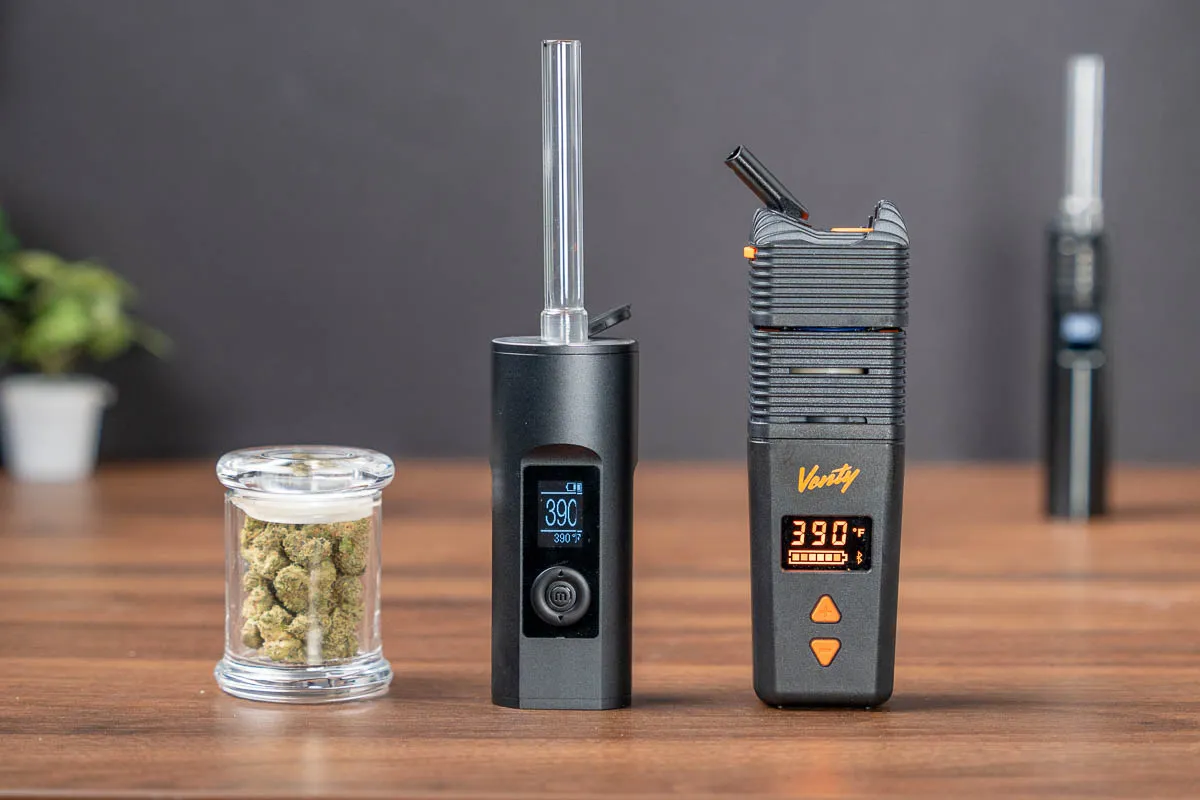
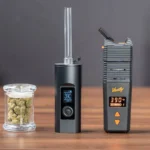
So, you’ve become interested in dry herb vaping, you know all about the different types and how to take care of them, now all you need to know is how they work. Sound complicated? It isn’t really, because every type of dry herb vaporizer essentially works the same way.
It doesn’t matter if it’s a portable vaporizer, an on-demand vaporizer, or even a desktop vaporizer, the fundamentals are all essentially the same. So what are those fundamentals? Keep reading to find out.
Related: Best dry herb vaporizers of [year]
Anatomy of a Dry Herb Vaporizer
The Battery
This is an important part of any dry herb vape because it can’t work without one. Batteries can either be fixed or removable. If they are fixed, then they are built into the device and cannot be replaced. Removable batteries can be replaced and are usually either 18650 or 18350 rechargeable batteries. The batteries of all portable vapes are rechargeable and the charge times and duration lengths vary from model to model. Desktop vapes don’t use rechargeable batteries, instead, they stay plugged into a wall outlet while they are being used.

The Herb Chamber
This component is also called the “oven” and it’s where the weed gets cooked or vaporized. The Oven can be made from different materials such as Stainless steel or Ceramic. It’s important to keep the herb chamber clean if you want your vaporizer to work properly.
Related: How to clean a Dry Herb Vaporizer?
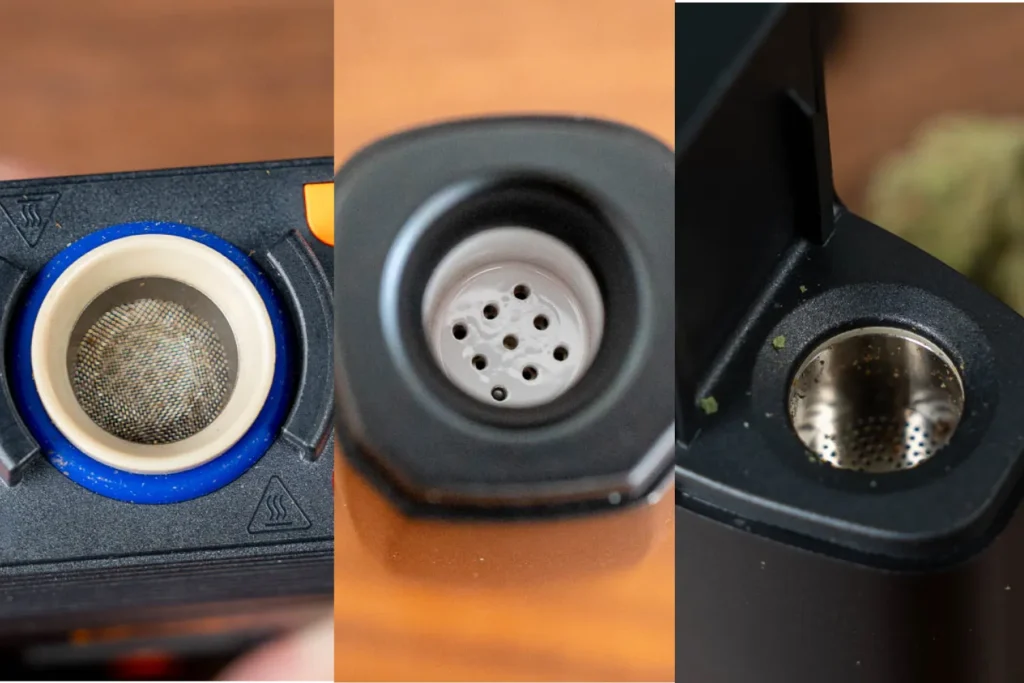
Heat times vary for each vaporizer, but on average, most herb chambers take about a minute to ninety seconds to reach vaporization temperature. Speaking of that temperature, some vaporizers have granular control that allows users to choose from a wide temperature range. Others have a selection of preset temperatures from which to choose. Weed vaping is at it’s best around 380-390F.
The Mouthpiece
Mouthpieces can come in different sizes and shapes and can be made from different materials. Generally, longer mouthpieces are better because they help to cool down the vapor. Glass mouthpieces are also desirable because glass is a neutral material that does not affect the flavor of the herb. However, they are more fragile and less portable friendly than plastic or metal mouthpieces. A good mouthpiece is crucial to the vaping experience because it contributes to the airflow of the vaporizer, because the better the airflow, the easier it is to inhale the vapor. Not to mention that a good airflow is essential to getting the most amount of vapor from your weed vape.
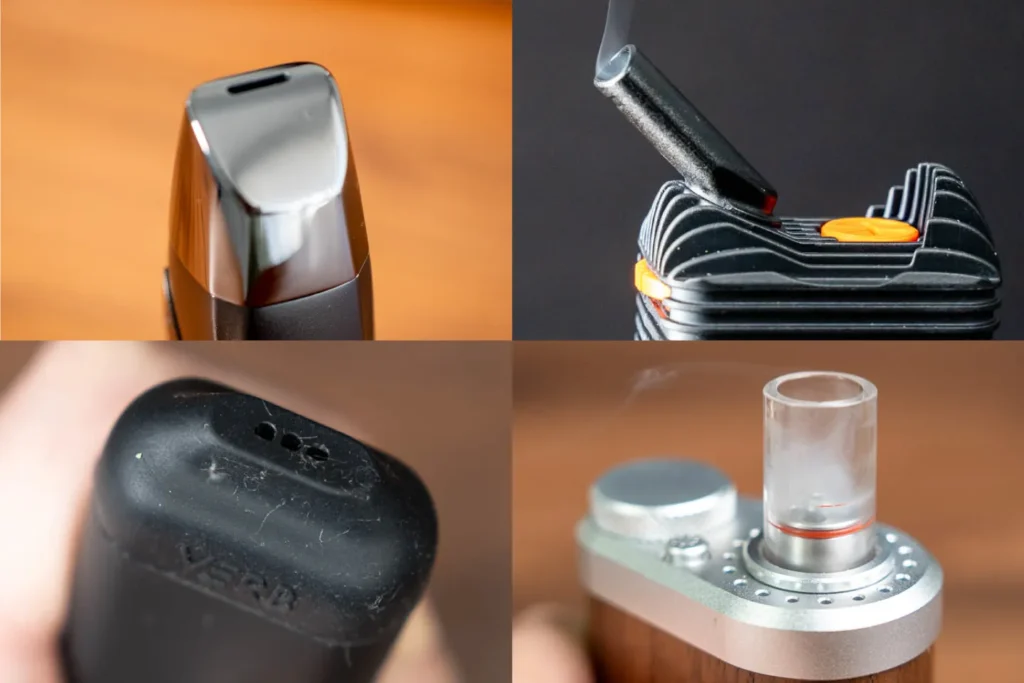
The Vaping Process
How Dry Herb Vaporizers Work

The way a dry herb vape works is the herb is placed in the oven and once the device is turned on and the temperature selected, the herb gets heated and vaporized. The vapor passes through the airpath and into the mouthpiece where it is inhaled by the user. After a set amount of time, the herb gets used up—or cashed—and the user opens up the chamber and empties it out. When the herb is Cashed (how to tell?) it is brown and crunchy.
How The Herb Gets Vaporized
During vaporization, the herb gets heated to a temperature below the combustion point so smoke does not get produced, only vapor. Since no smoke is produced during vaporization, the toxins and carcinogens associated with smoke do not get produced either, which means that vaping is a purer method of using weed than smoking it.
Related: Vaping VS Smoking Weed?
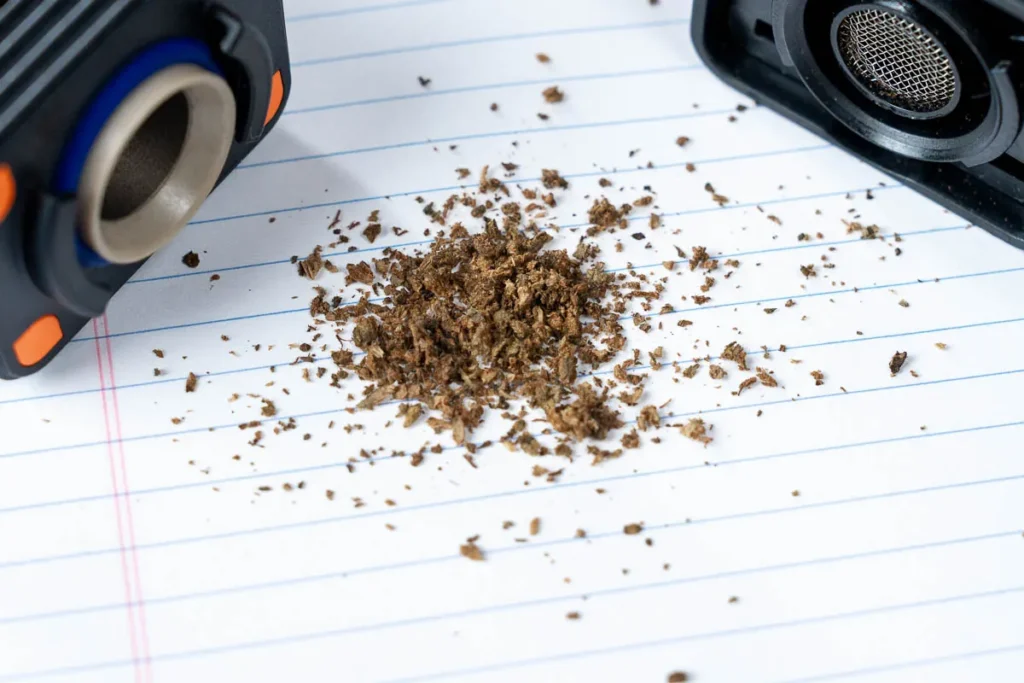
During vaporization terpenes and cannabinoids get released from the marijuana plant and adjusting the temperature also controls how many of those terpenes and cannabinoids get released. Marijuana begins to vaporize at a temperature of about 284°F and begins to burn at a temperature of about 446°F. All vaporizers have a temperature range in between those two extremes so that users can enjoy the terpenes and cannabinoids of marijuana without worrying that it might get burnt.
Related: Do vaporizer smells like weed?
There are three different heating methods when it comes to dry herb vaporizers, and they are as follows:
Conduction

This is the most common heating method and it is when the heating element comes into direct contact with the herb. This method is used in all manner of weed vapes, from high-end ones like the DaVinci IQ2 (Review | Buy) to affordable ones like the KandyPens K Vape Pro (Review | Buy).
Convection
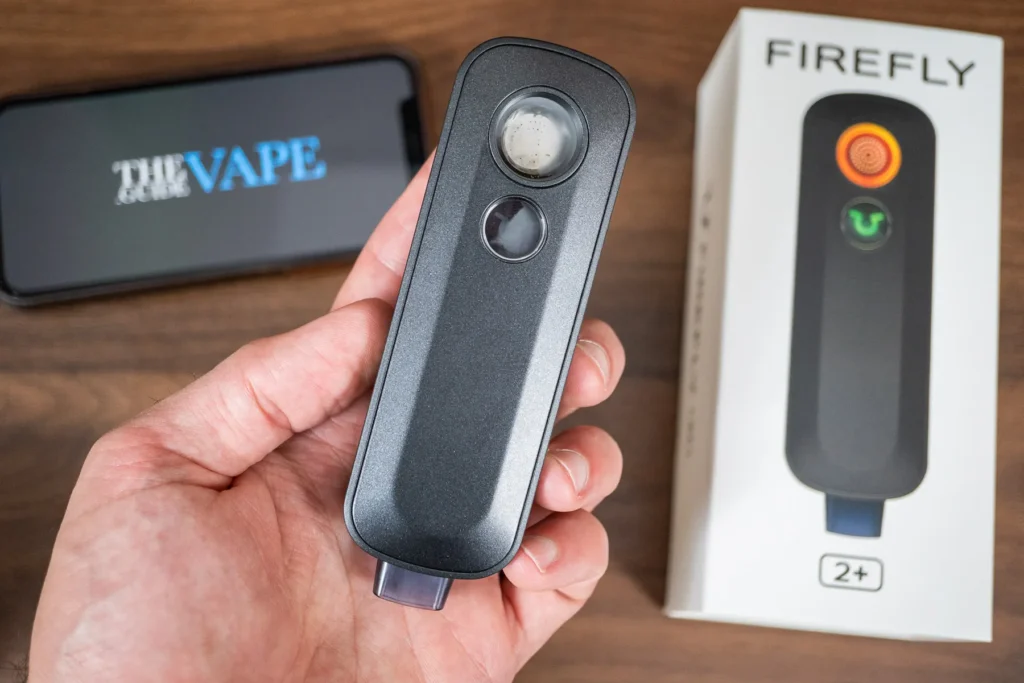
With this method, the weed and the heating element do not come into contact with each other. Instead, hot air is passed through the weed in order to vaporize it. Vaporizers like the Firefly 2+ (Review | Buy) and the Ghost MV1 use this method.
Hybrid
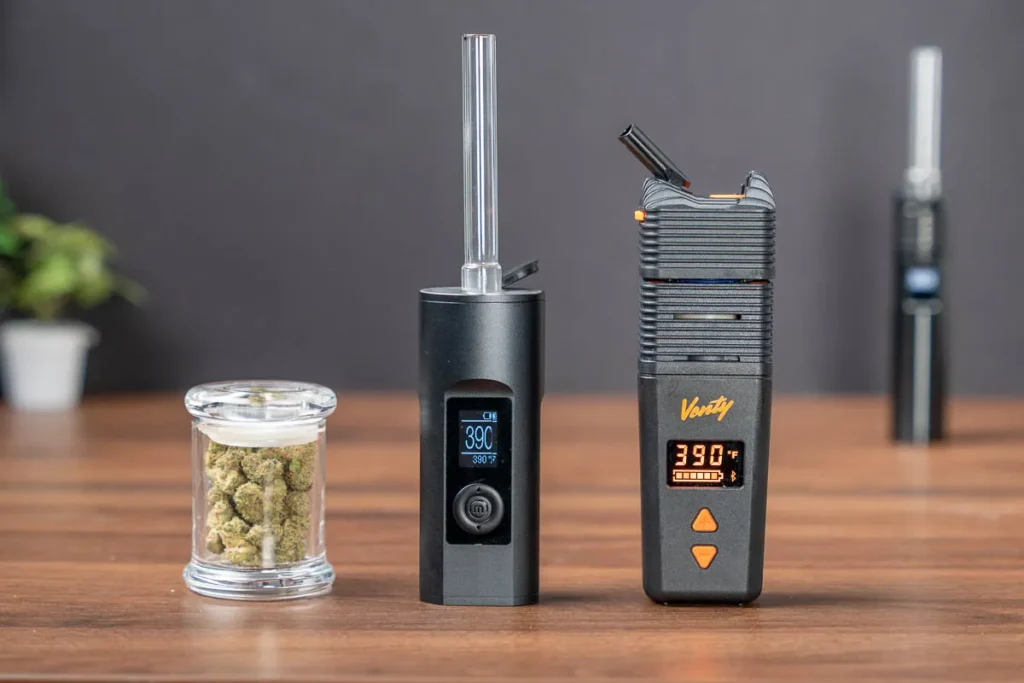
Conduction/Convection Hybrid – This uses a combination of the two heating methods to provide rich-tasting vapor. You typically see this type of heating method in high-end vaporizers like the Venty, Crafty+ (Review | Buy) or desktop vaporizers like the Volcano Hybrid (Review | Buy).
Inhalation and Effects
When using a dry herb vaporizer, it is best to take long, slow inhales of about seven to ten seconds before exhaling. With this inhalation method, you can be certain that you will inhale all of the cannabinoids and terpenes in the marijuana plant. That is because vaporization preserves more of the terpenes and cannabinoids than smoking does. In fact, scientists theorize that the combustion of weed destroys some of the cannabinoids present in its makeup.
That is because there have been studies that compare users who vape weed against those who smoke it. In all cases, the users who vaped weed had a higher concentration of THC in their blood than the users who smoked weed. That means vaping gives users a purer and more intense high than smoking weed does.